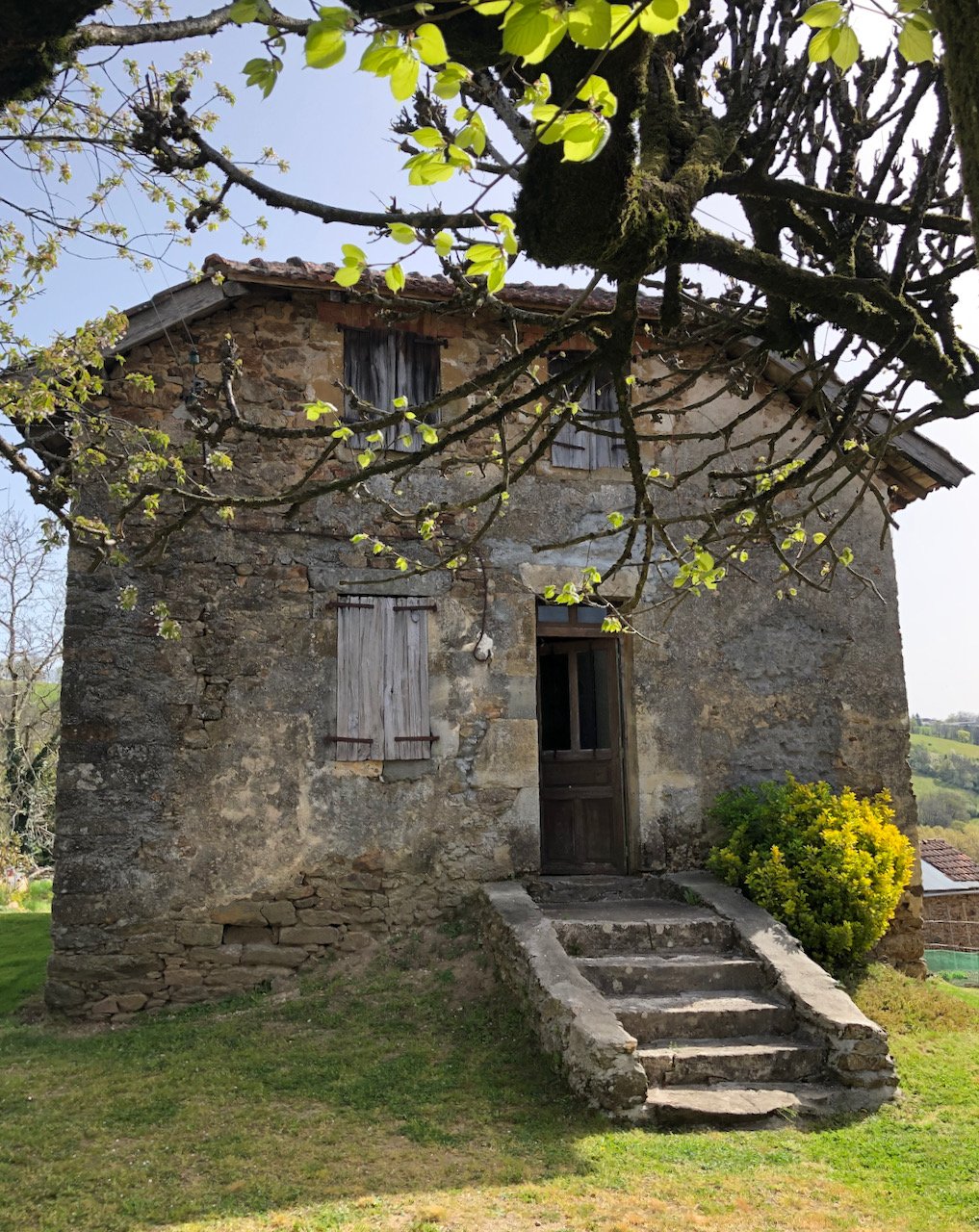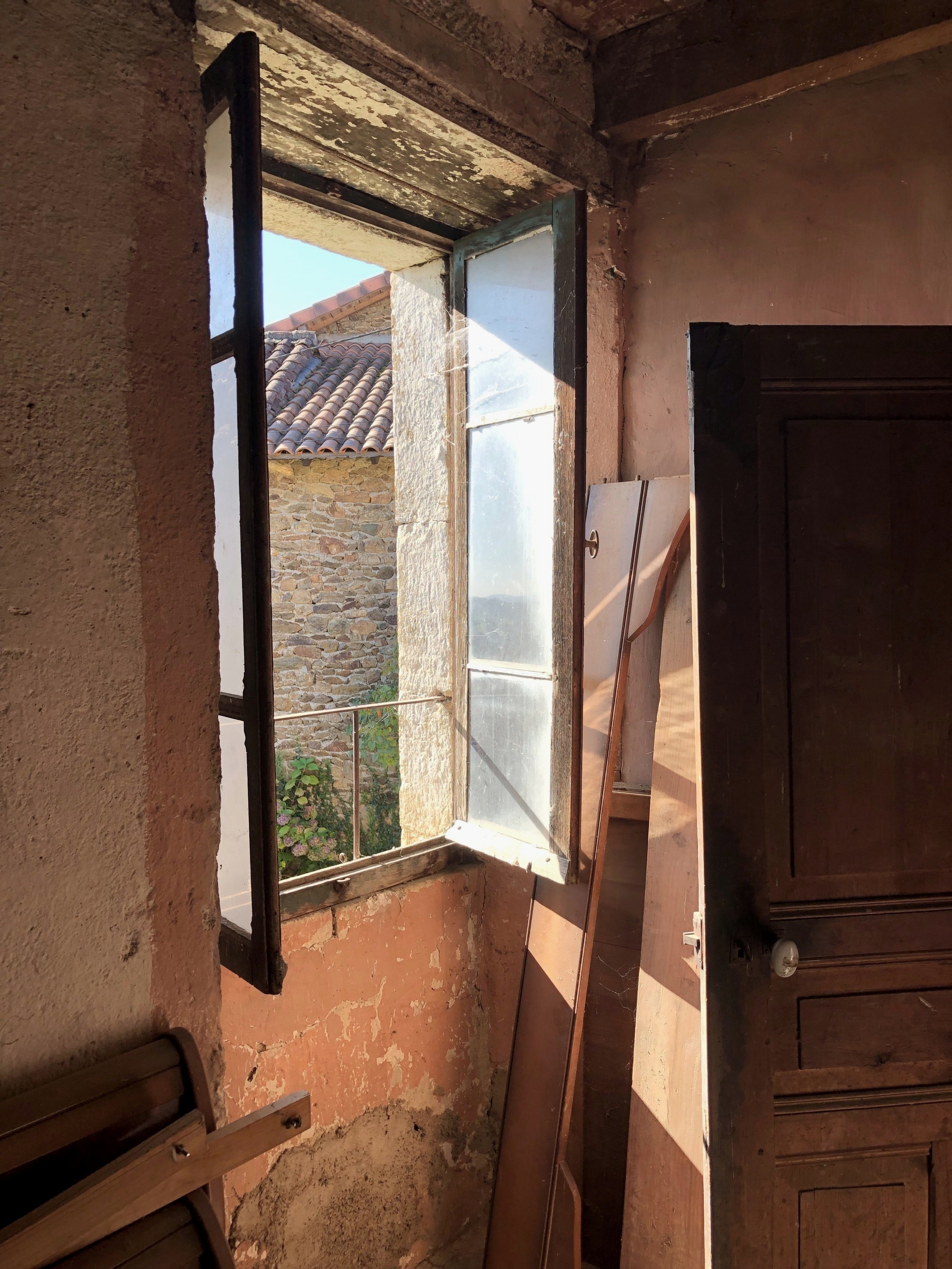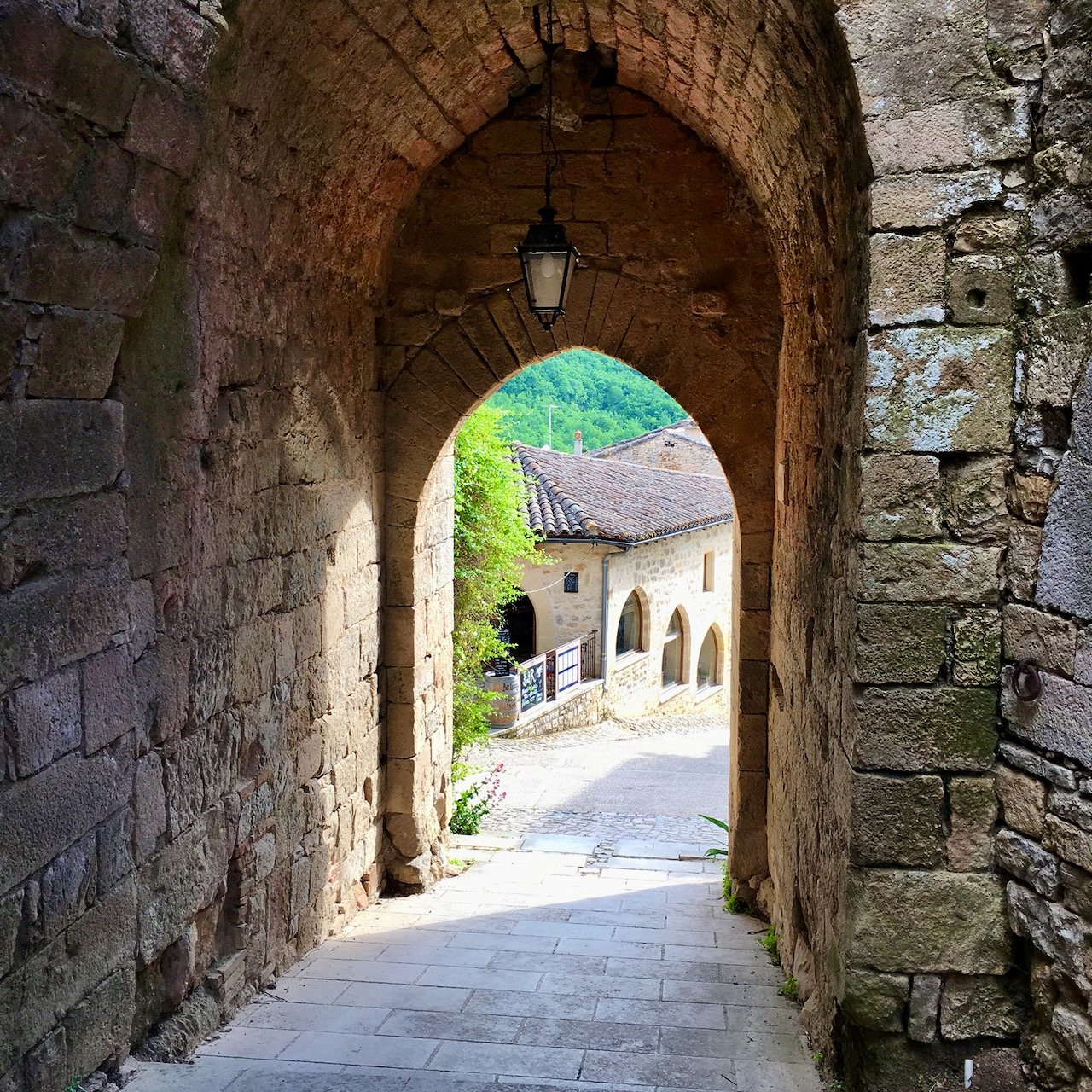Our Journey | Creating a meaningful everyday life in the French countryside
La France Profonde | more a concept than an actual place...
We have found our home in the heart of the Quercy countryside. Here in la France profonde, you find the oldest aspects of French culture, long-cherished artisanal traditions, and a country life where everyday tasks are valued and done with intention. It is a land of deep forests, wild pastures, and towering limestone cliffs. The rivers Lot and Célé meander past ancient villages pressed into the sides of valleys or balanced on top of high ridges. Vineyards cling to the side of steep hills. There is a feeling of seclusion from fast-paced life despite being only a two-hour drive from the large city of Toulouse. This is not the easiest region to get to because you'll not find large highways or fast-train lines. Thus, everyone who visits has to literally slow down.
For centuries, this rural part of France lost its population to larger cities and their promise of jobs. For those that didn’t leave, they were determined to preserve what they had. This fairly undiscovered region has retained the quiet beauty of another era. Smitten with southwest France’s sunshine and sunflowers, seldom-seen masterpieces of art and architecture, and unspoiled landscapes, we were drawn in with our first visit. We stayed because a small, forgotten stone cottage offered an authentic French country life.
Our simple 17th-century Lotoise farmhouse was begging for a new life and a continued story. At first glance, you might think that this house is not worthy of time or funds. There is nothing significant about her architecture. She was built with leftover stones from a larger barn project some 300+ years ago. Ugly cement mortar has been hurriedly applied over the past century when there was concern walls might crumble. There is no water, no sewer, and an ancient electric board screams fire hazard. Still, I knew I was home when I saw her original hand-tooled stone sink and inviting cantou or fireplace. Like the region, our house retains a simple beauty of an earlier era. We want to become a part of her story, preserve her rustic nature, and not change the house into something she doesn’t want to be. Researching the context, culture, and local traditions will help us make choices on the renovation. We have an appreciation for the local materials and methods and both will guide us through the process. The no-longer abandoned house sits at the center of a tiny hamlet made up of three residences and several barns. The name is Glandines after the “fruit of the oak trees” or acorns that can be found through the nearby forests.
Much like la France profonde, Glandines is not to be rushed but rather savored. Unspoiled by shoddy remodeling attempts, she’s actually quite charming dans son jus or preserved in her original state. You are inspired to fall in love with uncomplicated, everyday life. It’s true that both living abroad and undertaking the restoration of this old farmhouse with stretch both our budget and skillset. The work will be hard and will try our patience. But the journey provides the reward of a life filled with purpose and learning new things. Things worth knowing. Things that hint at the real secret of this part of France: to slow down and notice that everywhere you look there is a tale to be told.
We are now a part of that story.
Karen & Tim
If you would like to share in the details of our journey, add your email to the box below and we'll keep in touch via our Weekly Voilà. Think of it as a bit of French culture in your inbox every Friday.






